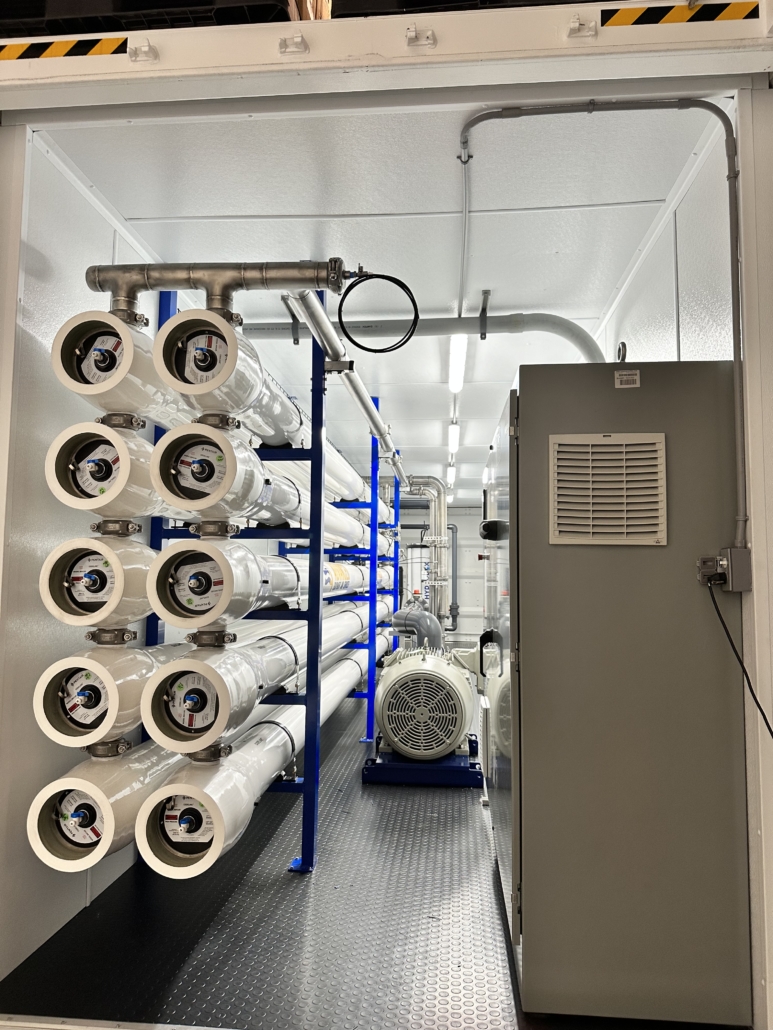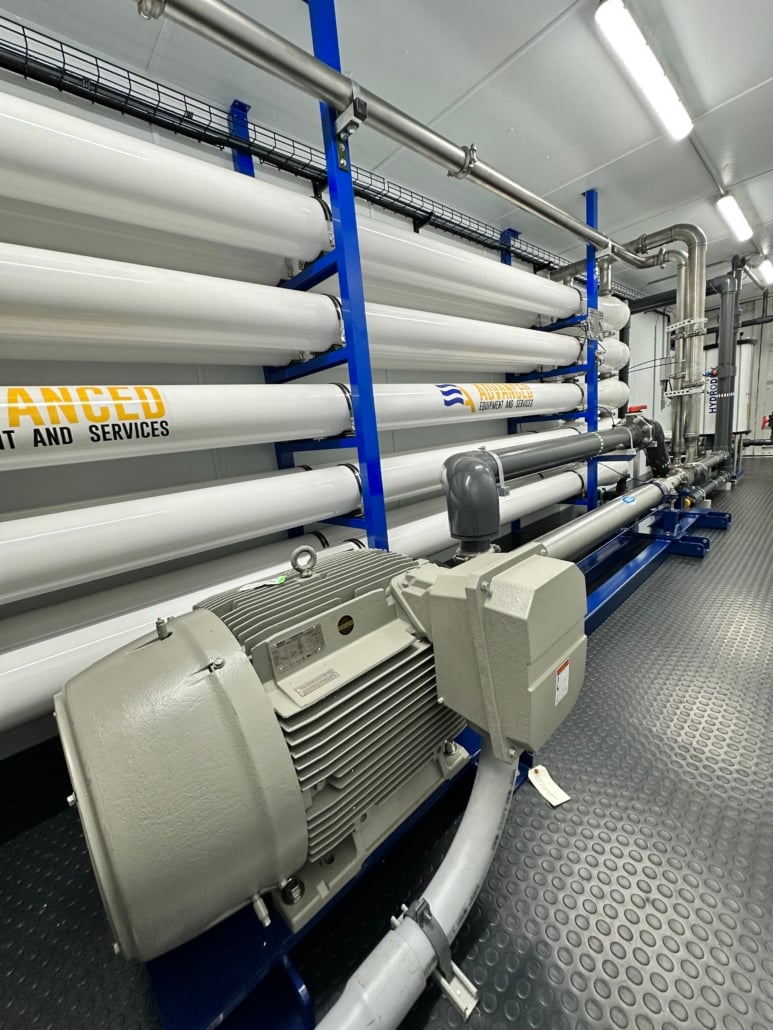Coastal cities around the world face unique water challenges due to growing populations, climate change, and increasing water demand. Despite being surrounded by seawater, these regions must rely on diverse water resources to meet the needs of residents, businesses, and industries. Traditional freshwater sources are becoming more strained, making advanced desalination technology a crucial solution for ensuring long-term water security.
Key Water Resources for Coastal Cities
Coastal cities typically depend on several water sources to sustain daily life and economic activities. Each of these water resources comes with benefits and challenges, making efficient water management essential.
1. Surface Water (Rivers & Lakes)
Many coastal cities rely on nearby rivers and lakes for freshwater. These natural sources provide significant water supplies but are often vulnerable to pollution, overuse, and seasonal droughts. Additionally, climate change has led to rising sea levels, increasing the risk of saltwater intrusion into freshwater systems, making them less reliable over time.
2. Groundwater & Aquifers
Underground water sources, such as aquifers, are commonly used for municipal and industrial water supply. However, excessive groundwater extraction can lead to land subsidence and saltwater intrusion, rendering these resources unusable without costly treatment. Many coastal cities are already experiencing groundwater depletion, forcing them to look for alternative solutions.
3. Rainwater Collection
Rainwater harvesting can be an effective way to supplement local water supplies. Many cities invest in stormwater management systems to collect and purify rainwater for irrigation, industrial use, and even drinking water in some areas. However, inconsistent rainfall patterns limit the reliability of this water resource.
4. Desalination: A Reliable Water Solution
With freshwater sources under increasing stress, desalination has emerged as a sustainable solution for coastal cities. Desalination plants remove salts and impurities from seawater, providing a steady and drought-resistant water supply. Modern reverse osmosis (RO) technology makes desalination more efficient, reducing energy costs and environmental impact.
How Desalination Supports Coastal Cities
Coastal cities worldwide are turning to seawater desalination systems to ensure a consistent and high-quality water supply. ADVANCEES offers a range of customizable desalination solutions tailored to meet the needs of municipalities, industries, and commercial applications.
1. Commercial Seawater RO Systems
Commercial SWRO Systems are ideal for hotels, resorts, and small businesses needing a reliable and sustainable freshwater supply. These systems provide high-efficiency water purification while reducing dependence on traditional water sources.
2. Industrial Seawater RO Systems
For large-scale applications, Industrial SWRO Systems deliver high-capacity desalination for municipalities, manufacturing plants, and power facilities. These systems ensure continuous water supply for essential industries, supporting economic growth and sustainability.
3. Containerized Seawater RO Systems
In remote or emergency situations, Containerized SWRO Systems provide mobile, plug-and-play desalination solutions. These units are designed for quick deployment, making them perfect for disaster relief efforts, temporary construction sites, and offshore operations.
The Future of Water Resources in Coastal Cities
As climate change, population growth, and industrial expansion place greater pressure on water supplies, coastal cities must adopt sustainable solutions to ensure long-term water security. Investing in desalination technology offers a reliable, environmentally friendly, and cost-effective way to secure water for both residential and industrial needs.
By integrating modern desalination plants, cities can reduce their dependence on limited freshwater sources, protect natural ecosystems, and ensure access to clean water for future generations.
Looking for The Right Desalination System?
With traditional water resources facing increasing challenges, seawater desalination is a game-changer for coastal communities. ADVANCEES provides advanced desalination solutions to help cities, industries, and businesses secure sustainable and high-quality water supplies.
Explore ADVANCEES Seawater Desalination Systems and find the best solution for your water needs!


